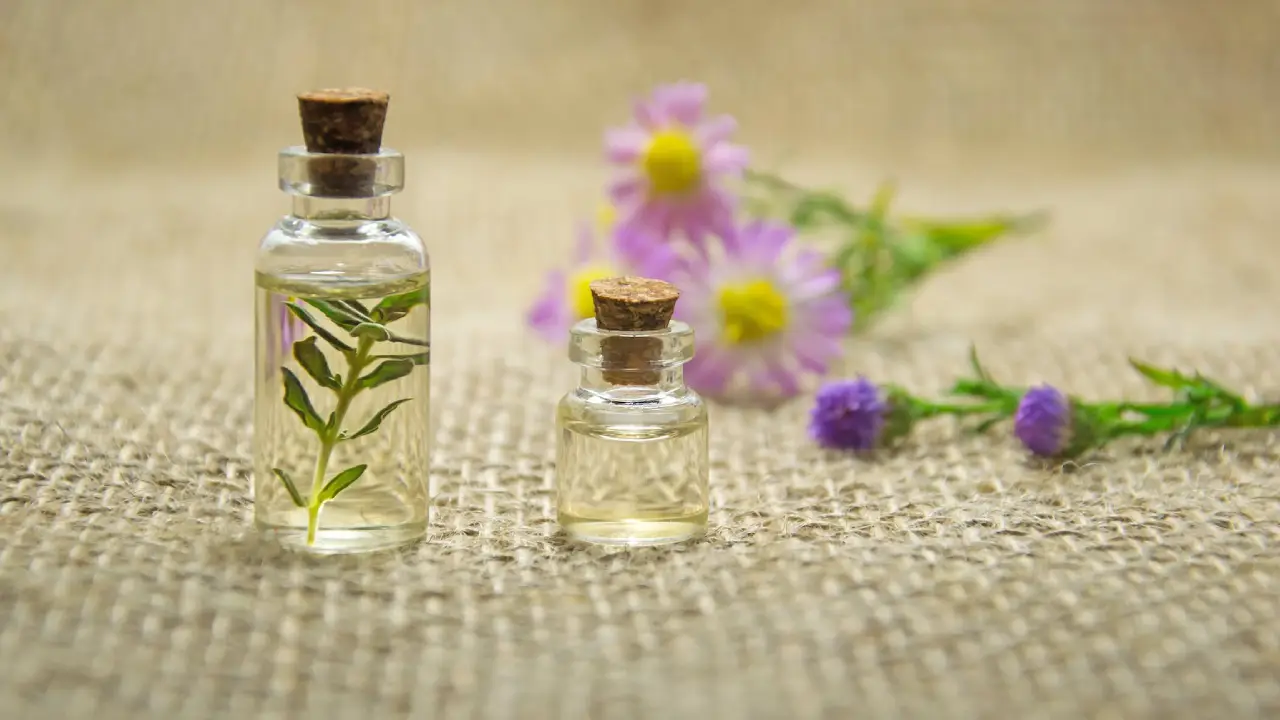Crafting a skincare routine that truly works requires more than just piling on products. Understanding your skin type and selecting the right products for it is essential for achieving a glowing, healthy complexion. A personalized skincare regimen can help you avoid common issues like breakouts, dryness, and dullness. So, let’s dive into a detailed guide to building a skincare routine that’s tailor-made for your skin type.
Step 1: Identifying Your Skin Type
Knowing your skin type is the foundation of effective skincare. Here’s a quick way to identify your skin type:
Wash Your Face: Start with a clean slate. Use a gentle cleanser, and then pat your face dry.
Observe After an Hour: Without applying any products, check how your skin feels and looks.
Assess Your Skin’s Condition:
Oily Skin: You may see shine, particularly on your forehead, nose, and chin.
Dry Skin: Your skin feels tight or even rough, possibly showing flakes.
Combination Skin: The T-zone is oily, while your cheeks might feel dry.
Normal Skin: Skin feels balanced without excessive oil or dryness.
Sensitive Skin: Skin may appear red or irritated, reacting to specific products or environmental factors.
Once you’ve identified your skin type, you’re ready to start building a routine specifically suited to your needs.
Step 2: Essentials of a Basic Skincare Routine
A skincare routine doesn’t have to be elaborate to be effective. Here are the fundamental steps you should follow:
1. Cleanser
The first step in any skincare routine is to cleanse. Cleansing removes dirt, sweat, and impurities that accumulate on the skin. Opt for a cleanser suited to your skin type:
Oily Skin: Go for a foaming or gel-based cleanser to remove excess oil.
Dry Skin: Choose a cream-based or hydrating cleanser.
Combination Skin: Use a balanced, gentle cleanser.
Normal Skin: A mild, water-based cleanser works well.
Sensitive Skin: A fragrance-free, gentle cleanser is ideal.
Sarah, with combination skin, noticed that using a foaming cleanser left her cheeks feeling tight. Switching to a gentle, non-foaming option helped her skin feel balanced and comfortable.
2. Toner
Toner is often misunderstood but can be incredibly beneficial when chosen carefully. Toners help to remove any leftover residue and prep your skin to absorb the next products effectively. Choose a toner that complements your skin type:
Oily Skin: Opt for a toner with ingredients like salicylic acid to manage excess oil.
Dry Skin: Look for toners with hydrating elements like hyaluronic acid.
Combination Skin: Go for a balancing toner.
Normal Skin: Mild toners work well.
Sensitive Skin: Avoid toners with alcohol and fragrances.
3. Moisturizer
Hydrating your skin is essential regardless of skin type. Moisturizers help to keep your skin barrier intact, prevent dryness, and balance your skin.
Oily Skin: A lightweight, oil-free moisturizer can hydrate without clogging pores.
Dry Skin: Look for rich, creamy moisturizers with ingredients like ceramides.
Combination Skin: A gel-based moisturizer often works well for all areas.
Normal Skin: Opt for a balanced, hydrating formula.
Sensitive Skin: Choose a fragrance-free moisturizer.
4. Sunscreen
Never skip sunscreen, even if you’re indoors. Sunscreen protects against harmful UV rays, which cause premature aging, hyperpigmentation, and even skin cancer.
All Skin Types: A broad-spectrum SPF 30 or higher sunscreen is recommended.
Sensitive skin types may benefit from mineral sunscreens containing zinc oxide or titanium dioxide, which are less irritating than chemical sunscreens.
Rahul learned that his moisturizer with SPF wasn’t enough for full sun protection. Adding a dedicated SPF 50 sunscreen made a visible difference, reducing the sunspots on his forehead.
Step 3: Customizing Additional Steps for Your Skin Type
Once you’ve established a basic routine, consider adding targeted products based on your skin’s needs. Here’s a look at some extras that can boost your routine’s effectiveness:
1. Exfoliator
Exfoliating removes dead skin cells, revealing a smoother, brighter complexion. However, exfoliating too often can irritate your skin.
Oily Skin: Try chemical exfoliants with salicylic acid, but limit use to 2-3 times a week.
Dry Skin: Exfoliate once a week with a gentle, hydrating scrub or a mild AHA exfoliant.
Combination Skin: Focus exfoliation on the T-zone 1-2 times a week.
Normal Skin: Exfoliating once a week with a gentle scrub should suffice.
Sensitive Skin: Opt for an enzyme-based exfoliant, as it’s gentler than other types.
2. Serum
Serums are concentrated formulas designed to address specific skin concerns. Whether you’re targeting aging, dullness, or dark spots, there’s likely a serum to suit your needs.
Oily Skin: Consider serums with niacinamide to reduce oil production.
Dry Skin: Hyaluronic acid serums can deliver deep hydration.
Combination Skin: Vitamin C serums are beneficial for even skin tone.
Normal Skin: A peptide serum can provide overall skin health.
Sensitive Skin: Use calming ingredients like chamomile or calendula.
3. Mask
Masks can provide intense treatment. Use them weekly to give your skin an extra boost.
Oily Skin: Clay masks work well for absorbing excess oil.
Dry Skin: Hydrating masks with ingredients like aloe or glycerin are ideal.
Combination Skin: Apply different masks to different areas as needed.
Normal Skin: Brightening masks can enhance your natural glow.
Sensitive Skin: Go for a soothing mask with gentle ingredients.
Step 4: Avoiding Common Mistakes
When building your skincare routine, avoid these common pitfalls:
Over-Exfoliating: More exfoliation doesn’t mean clearer skin. It can strip natural oils and damage your skin barrier.
Skipping Sunscreen: Sunscreen is essential, even on cloudy days.
Trying Too Many Products at Once: Give each new product 2-4 weeks before assessing its impact.
Ignoring Skin Reactions: If a product causes irritation, stop using it. Skin sensitivity can vary, and not every product works for everyone.
Step 5: Monitoring Your Skin’s Response
Your skin’s needs can change with the seasons, stress, and diet. Check how your skin responds to your routine and adjust as necessary. For example, people with oily skin might need more hydration in winter, while dry skin types may need lighter products in the summer.
Building a skincare routine for your specific skin type doesn’t have to be complicated. The key is to choose products that cater to your skin’s unique needs and stick to a consistent routine. Try this personalized approach and see the difference for yourself. Have you discovered a routine that works wonders for your skin type? Share your favorite skincare tips in the comments below!





